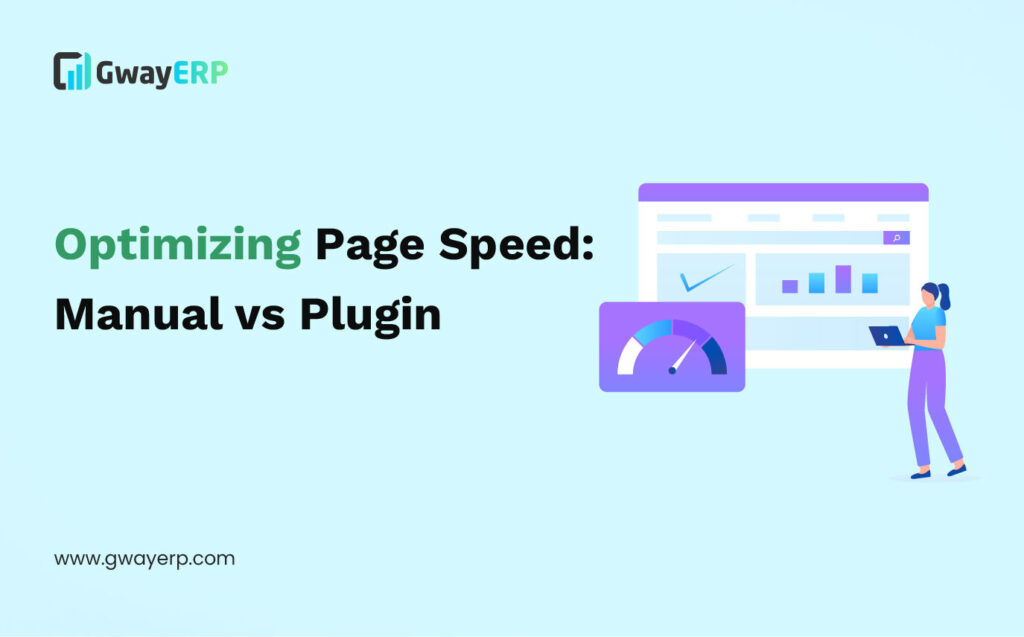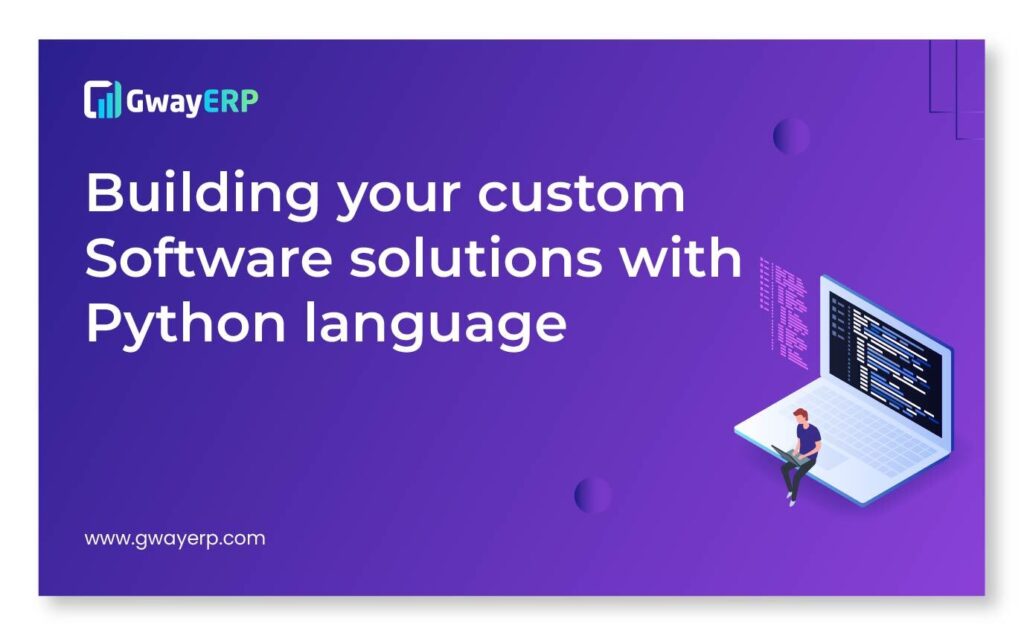
I. Introduction
In today’s fast-paced digital world, website speed plays a crucial role in delivering a seamless user experience and improving search engine optimization (SEO).
However, achieving optimal page speed can be a challenging task.
This blog post examines the two main approaches to page speed optimization: manual optimization and the use of plugins.
By exploring their pros and cons, performance metrics, case studies, best practices, and future trends, we aim to provide readers with a comprehensive understanding of these approaches and guide them in making informed decisions for their websites.
A. Brief Overview of Page Speed Optimization
Page speed optimization refers to the process of improving the loading time and overall performance of a website.
It involves various techniques, such as optimizing images, minifying CSS, JavaScript, and HTML, implementing browser caching strategies, and improving the critical rendering path.
These techniques aim to reduce file sizes, enhance server response times, and improve the efficiency of website rendering, ultimately resulting in faster load times.
B. Importance of Fast-Loading Websites for User Experience and SEO
Fast-loading websites are essential for providing a seamless user experience.
Users expect websites to load quickly, and a delay of even a few seconds can significantly impact user satisfaction and engagement.
Furthermore, search engines prioritize fast-loading websites in their search results, as they understand the importance of delivering relevant and efficient content to users.
Thus, optimizing page speed is crucial for both the user experience and SEO.
C. Introduction to the Debate: Manual Optimization vs. Plugin Usage
The debate between manual optimization and plugin usage arises when considering the most effective and efficient approach for improving page speed.
Manual optimization involves implementing individual techniques by hand, while plugin usage entails leveraging pre-built software solutions that automate the optimization process.
Let us now delve deeper into each approach and explore their respective advantages and disadvantages.
II. Understanding Manual Page Speed Optimization
A. Explanation of Manual Optimization Techniques
1. Image Optimization:
Optimizing images involves reducing their file sizes without compromising quality. This can be achieved through compression, resizing, and format optimization.
By using specialized tools like ImageOptim, Kraken.io, or Squoosh, web developers can significantly reduce the size of images on their websites, leading to faster load times.
2. Minification of CSS, JavaScript, and HTML:
Minification is the process of removing unnecessary characters from code, such as whitespace, comments, and line breaks. This reduces file sizes and improves parsing and rendering times.
Web developers can manually minify CSS, JavaScript, and HTML files using tools like UglifyJS, CleanCSS, or HTMLMinifier.
3. Browser Caching Strategies:
Browser caching involves instructing web browsers to store certain files locally, allowing them to be retrieved more quickly upon subsequent visits to the website.
By setting appropriate caching headers and leveraging tools like Cache-Control or Expires, web developers can control how long specific files are cached and improve the website’s overall performance.
4. Critical Rendering Path Improvements:
The critical rendering path refers to the sequence of steps a browser takes to render a webpage. By optimizing this path, web developers can reduce the time it takes for the first meaningful paint to occur.
Manual techniques for improving the critical rendering path include minifying and deferring render-blocking resources, using browser hints like preloading and prefetching, and implementing lazy loading for images and other non-critical resources.
B. Pros and Cons of Manual Optimization
1. Precision and Control:
Manual optimization allows web developers to precisely fine-tune each optimization technique according to their website’s specific needs.
It provides granular control over file sizes, compression levels, caching strategies, and critical rendering path improvements.
2. Time and Resource-Intensive:
Manual optimization requires significant time, effort, and technical expertise.
Implementing each technique individually can be time-consuming, especially for large websites with extensive coding and multiple resource files.
III. Exploring the World of Page Speed Plugins
A. Overview of Popular Page Speed Optimization Plugins
Examples like W3 Total Cache, WP Super Cache, Autoptimize, etc.:
These plugins are widely used in popular content management systems (CMS), such as WordPress, to automate page speed optimization.
They offer a range of features and functionalities that simplify the optimization process for non-technical users.
B. Key Features and Functionalities Offered by Plugins
1. Caching Mechanisms:
Page speed optimization plugins typically provide caching mechanisms that automatically store and deliver static files, reducing server load and improving response times.
They offer options to configure caching settings, such as cache expiry times, bypassing specific URLs, or excluding logged-in users from cached pages.
2. Image Optimization:
Many plugins integrate with image optimization services or libraries to automatically optimize images upon upload.
These services use advanced algorithms to compress images without noticeable quality loss, reducing file sizes and improving load times.
3. Script Minification:
Page speed plugins often include features for automatically minifying CSS, JavaScript, and HTML files.
They handle the minification process behind the scenes, simplifying the optimization process for website owners.
C. Pros and Cons of Using Plugins
1. Convenience and Time-Saving:
Plugins provide an accessible solution for website owners who may not have the technical knowledge or resources to manually implement optimization techniques.
They offer an all-in-one solution, automating multiple optimization processes and saving time.
2. Potential Limitations and Dependencies:
Plugins may have compatibility issues with specific themes, plugins, or hosting environments, leading to conflicts and performance issues.
Relying solely on plugins for optimization may result in dependency, as updates or changes in the plugin’s availability or functionality can impact a website’s performance.
IV. Performance Metrics: Comparing Manual and Plugin Results
A. Discussion on Key Performance Indicators
1. Page Load Time:
Page load time refers to the time it takes for a webpage to fully load and display its content.
An essential performance metric, as websites with faster load times generally experience lower bounce rates and higher user engagement.
2. Time to First Byte:
Time to first byte (TTFB) measures the time it takes for the first byte of a webpage to be received by the user’s browser after making a request to the server.
TTFB is influenced by various factors, including server response times and the efficiency of caching mechanisms.
3. Render-Start Time:
Render-start time signifies the point at which the browser begins rendering the webpage’s content.
A shorter render-start time indicates that the webpage becomes visually usable faster, leading to a better user experience.
B. Comparative Analysis of Websites Optimized Manually vs. Through Plugins
Conducting performance tests on websites optimized using both manual techniques and plugins can help analyze the impact of each approach on performance metrics.
By comparing the results, web developers can gain insights into which approach yields better page speed optimization results and aligns with their specific website requirements.
V. Case Studies
A. Real-World Examples of Websites That Have Undergone Manual Optimization
Case Study 1: Example website XYZ
XYZ implemented manual optimization techniques, resulting in a 40% reduction in page load time and an improved user experience.
The website used image optimization, minification, and caching strategies tailored to its specific content and requirements.
B. Success Stories of Websites Using Page Speed Optimization Plugins
Case Study 2: Example website ABC
ABC utilized a page speed optimization plugin, resulting in a 50% decrease in page load time and improved search engine rankings.
The website benefited from the plugin’s automated minification, caching, and image optimization features.
C. Lessons Learned and Insights from Case Studies
Both manual optimization and plugin usage can achieve significant improvements in page speed.
The choice between the two approaches depends on factors such as technical expertise, time constraints, and specific website requirements.
VI. Best Practices for Manual Optimization
A. Step-by-Step Guide to Manual Optimization
1. Tools and Resources for Manual Optimization:
Use popular tools like ImageOptim, UglifyJS, and Cache-Control for efficient manual optimization.
Leverage online tutorials, documentation, and forums to stay updated on optimization best practices.
2. Common Pitfalls to Avoid:
Be cautious when manually implementing optimization techniques, as incorrect changes can lead to unintended consequences and performance issues.
Regularly monitor and test your website’s performance after applying manual optimizations to identify any errors or negative impacts.
VII. Making the Most of Page Speed Plugins
A. Tips for Selecting the Right Plugin for Your Website
Consider factors such as compatibility with your CMS, the plugin’s user reviews and ratings, and the availability of support or documentation.
Evaluate whether the plugin provides the specific optimization features that align with your website’s requirements.
B. Customization Options and Advanced Settings
Explore the customization options and advanced settings offered by page speed optimization plugins.
Adjust the plugin’s configuration to fit your website’s unique needs, optimize cache settings, and prioritize critical resources.
C. Overcoming Challenges and Maximizing Plugin Efficiency
Regularly update plugins to ensure compatibility with the latest CMS updates and security patches.
Monitor your website’s performance and conduct regular performance tests to identify any issues or areas for improvement
VIII. Finding the Balance: Hybrid Approaches
A. Strategies for Combining Manual Techniques with Plugin Usage
Consider a hybrid approach that combines the precision and control of manual techniques with the convenience of plugin automation.
Utilize plugins for automated tasks like caching and image optimization, while manually fine-tuning critical rendering path improvements and code minification.
B. Achieving Optimal Results Through a Hybrid Approach
The hybrid approach provides flexibility and the ability to leverage both manual optimization techniques and plugin features.
By finding the right balance, web developers can achieve optimal results while reducing time and resource constraints.
IX. Future Trends in Page Speed Optimization
A. Emerging Technologies and Methodologies
Advancements in technologies like HTTP/3 and QUIC are expected to enhance page speed optimization by improving data transmission efficiency.
Serverless computing and Content Delivery Networks (CDNs) will also play a significant role in optimizing website performance.
B. Potential Advancements in Both Manual and Plugin Optimization
Manual optimization tools are likely to evolve, providing more user-friendly interfaces and automation options.
Plugins may introduce smarter algorithms, adaptive optimization, and machine learning capabilities to optimize page speed more intelligently.
X. Conclusion
Recap of Key Points
Page speed optimization is crucial for providing a seamless user experience and improving SEO.
Manual optimization offers precision and control, while page speed plugins provide convenience and time-saving benefits.
Recommendations Based on Website-Specific Needs
Choose an approach based on your technical expertise, time availability, and website requirements.
Consider manual optimization for maximum control or plugins for a more streamlined and accessible solution.
Encouragement for Ongoing Monitoring and Optimization Efforts
Website performance is a dynamic aspect that requires continuous monitoring and optimization.
Regularly test your website’s speed, implement improvements, and stay updated with emerging trends and technologies to ensure optimal performance.
FAQ
Q1: How is the page speed optimization done and why it matters so much?
Page speed optimization is the process of increasing a website’s load time. It is very important for a good user experience and it may also affect the search results. Sites that are loaded quickly maintain the customers better and also have higher positions in the search.
Q2: Which page speed optimization plugins are the most popular?
Such examples include W3 Total Cache, WP Super Cache and also Autotomize. The plugins provide many functions such as caching mechanism, image optimisation and script magnification.
Q3: What are the benefits of using plugins on the page speed optimization?
Plugins are useful and efficient. They usually have simple interfaces that make it very possible for non-technical users to apply the optimization techniques.
Q4: What are some widely used plugins for the page speed optimization?
These include the W3 Total Cache, WP Super Cache and also Autoptimize among others. These plugins provide many options such as caching mechanisms, image compression and also script minification.
Q5: What is the best plugin to use for my website?
For instance, some of the considerations include the unique functionalities provided by a plugin, level of customization allowed if any accommodated users’ views and compatibility with your site platform. Monitor and test the performance to ascertain whether it is meeting all of your requirements.

